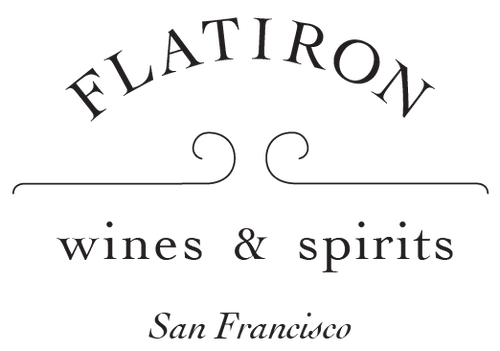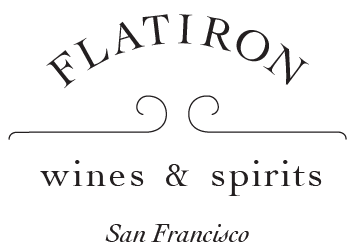Scarpa
Scarpa is unique among all of Piedmont’s great wineries.
Like everyone else, they first go through the laborious process of growing and harvesting grapes, and then making wines. In Scarpa’s case they make... Read More
Like everyone else, they first go through the laborious process of growing and harvesting grapes, and then making wines. In Scarpa’s case they make... Read More
Scarpa is unique among all of Piedmont’s great wineries.
Like everyone else, they first go through the laborious process of growing and harvesting grapes, and then making wines. In Scarpa’s case they make 14 different wines -- all from grape varieties that are indigenous to Piedmont, some quite obscure. After resting in casks and then in the bottle, the wines are finished.
It’s at this moment that Scarpa’s unique approach takes over. Most wineries – almost every winery in Piedmont – at that point sells off their finished wines through a normal allocation process. But Scarpa just lets the wine sit there. The bottles are sent into the coldest reaches of their cellar to join more than 10,000 other bottles that are already just sitting there.
Once a year, the crew at Scarpa taste through bottles and decide which ones are perfect for current drinking. These are the wines that they sell.
Scarpa’s style is definitely old-fashioned. The winery is over 170 years old, and they change at a glacial pace. One innovation occurred back in the 1960s, when they pioneered the practice of taking Barbera seriously and making ageworthy examples. More recent “innovations” include single vineyard bottlings and organic farming. With such a long view of history, they have been able to maintain what they know works, while making a few changes here and there when they are confident of a good result.
Like everyone else, they first go through the laborious process of growing and harvesting grapes, and then making wines. In Scarpa’s case they make 14 different wines -- all from grape varieties that are indigenous to Piedmont, some quite obscure. After resting in casks and then in the bottle, the wines are finished.
It’s at this moment that Scarpa’s unique approach takes over. Most wineries – almost every winery in Piedmont – at that point sells off their finished wines through a normal allocation process. But Scarpa just lets the wine sit there. The bottles are sent into the coldest reaches of their cellar to join more than 10,000 other bottles that are already just sitting there.
Once a year, the crew at Scarpa taste through bottles and decide which ones are perfect for current drinking. These are the wines that they sell.
Scarpa’s style is definitely old-fashioned. The winery is over 170 years old, and they change at a glacial pace. One innovation occurred back in the 1960s, when they pioneered the practice of taking Barbera seriously and making ageworthy examples. More recent “innovations” include single vineyard bottlings and organic farming. With such a long view of history, they have been able to maintain what they know works, while making a few changes here and there when they are confident of a good result.
Best selling



